How to reclaim space after upgrading to Windows 10 May 2021 Update
After upgrading to the Windows 10 May 2021 Update, use these steps to reclaim additional space if your computer is running low on storage.
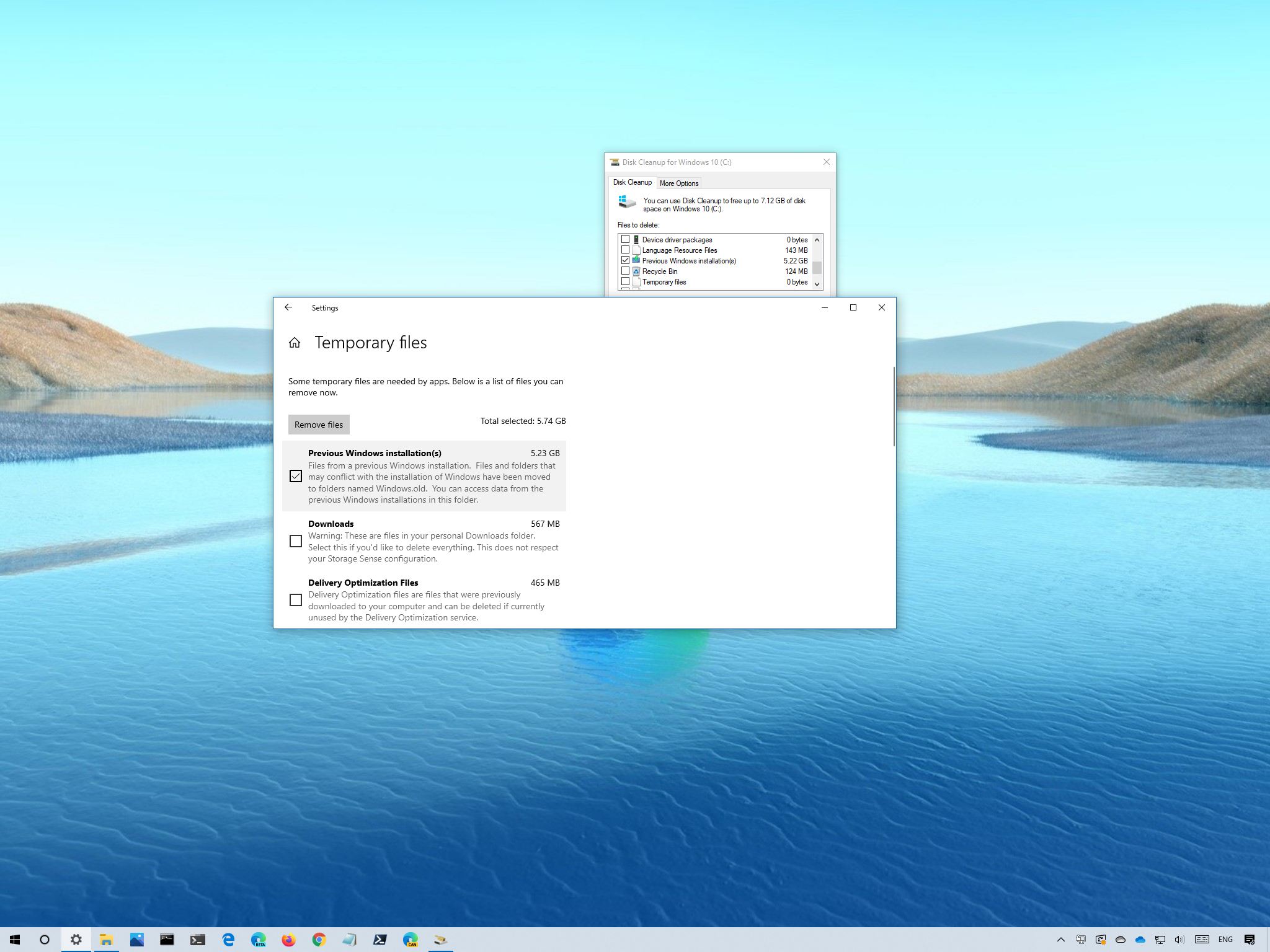
When upgrading to a new version of Windows 10 (for example, the May 2021 Update), the installation process makes a backup of the previous setup to undo the changes in the event of a compatibility problem or critical error moving to the new version.
The only caveat with this safety mechanism is that even after the upgrade is completed successfully, the files will be kept, and they can take a large amount of storage in the "Windows.old" folder. Removing the previous installation files can help reclaim around 20GB of space, which can be significant for laptops with limited capacity.
Of course, this applies only to devices coming from a complete reinstallation. For example, if you performed an in-place upgrade with the Media Creation Tool or Update Assistant, or upgraded an older version, such as version 1909 or an older release using Windows Update. The reason is that, since the May 2021 Update is still based on version 2004, devices running one of the two most recent versions only need to install a quick enablement package that does not require reinstallation, which means that no backup of the previous version will be made.
In this Windows 10 guide, we will walk you through the steps to remove the previous installation files after upgrading to version 21H1 using the Settings app and Disk Cleanup.
- How to free up space after May 2021 Update using Storage sense
- How to free up space after May 2021 Update using Temporary files
- How to free up space after May 2021 Update using Disk Cleanup
How to free up space after May 2021 Update using Storage sense
To free up space after installing the May 2021 Update from an older release (such as version 1909) or in-place upgrade, use these steps:
- Open Settings.
- Click on System.
- Click on Storage.
- Under the "Storage" section, click the Configure Storage Sense or run it now option.
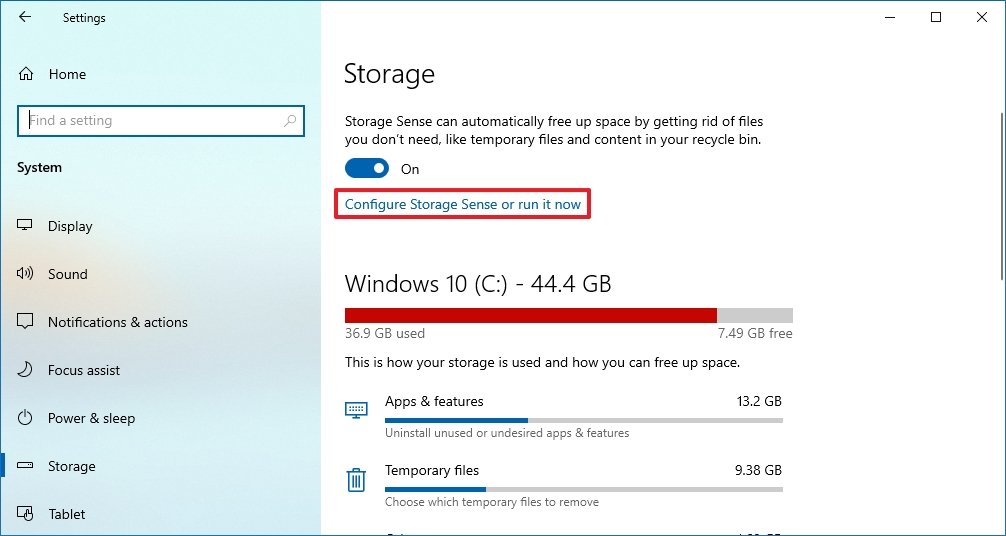
- Under the "Free up space now" section, check the Delete previous version of Windows option.
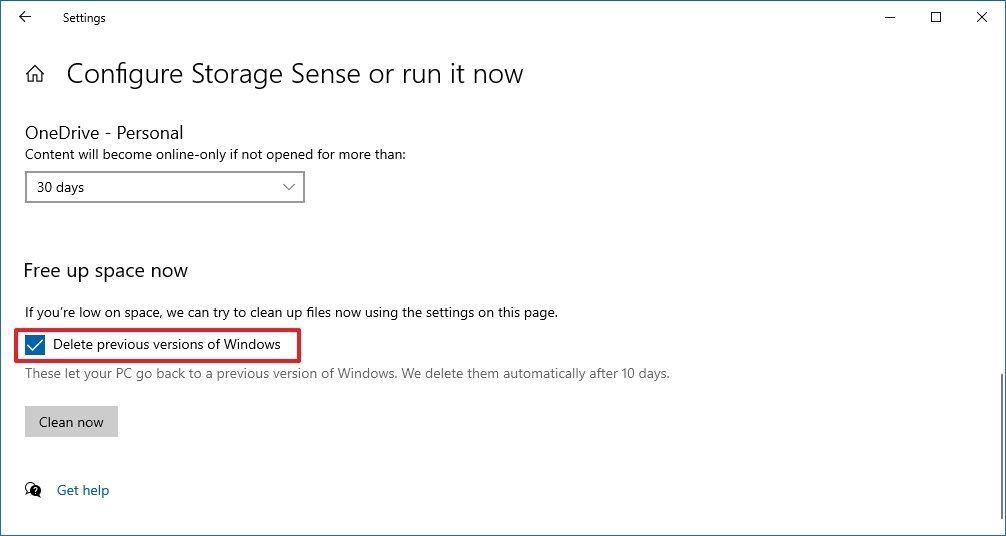
- Click the Clean now button.
Once you complete the steps, the previous installation files will be deleted, restoring several gigabytes of space on the main hard drive.
How to free up space after May 2021 Update using Temporary files
To reclaim up space using the Temporary files settings, use these steps:
Get the Windows Central Newsletter
All the latest news, reviews, and guides for Windows and Xbox diehards.
- Open Settings.
- Click on System.
- Click on Storage.
- Under the "(C:)" section, click the Temporary files option.
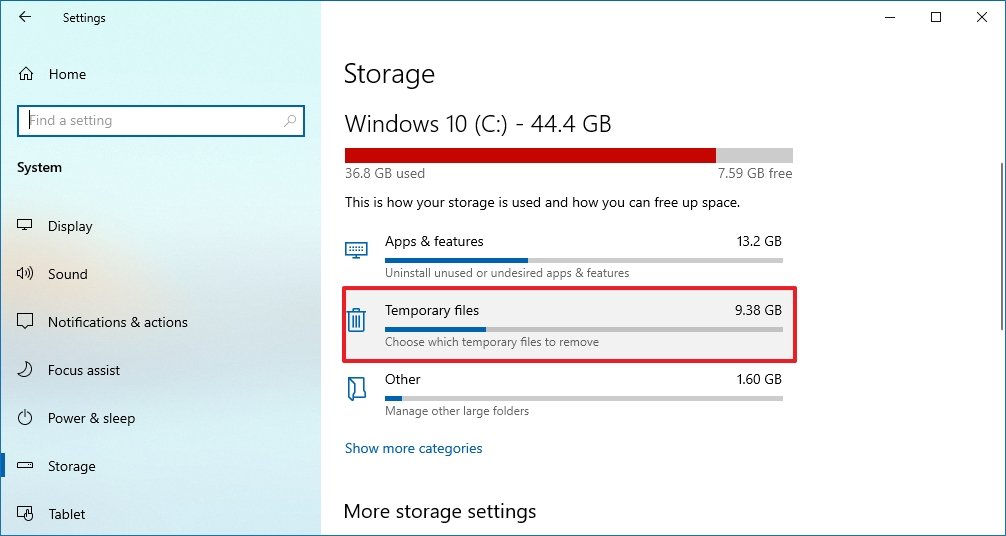
- Check the Previous Windows installation(s) option.Quick tip: You can also select other temporary files to reclaim additional storage. If you have important files in the "Downloads" folder, do not select this item or make sure it's not already checked (if applicable).
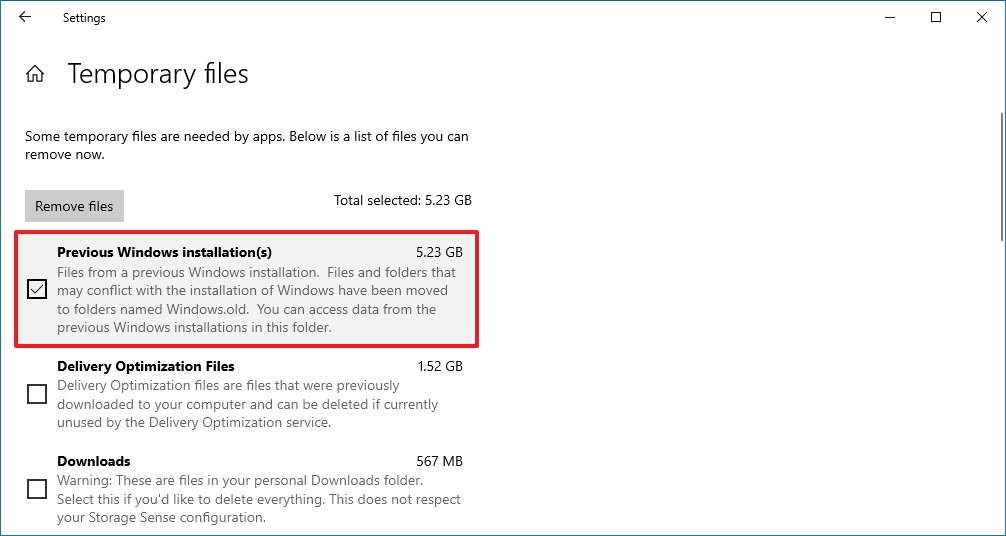
- Click the Remove files button.
After you complete the steps, the files from the previous setup of Windows 10 will be removed from the computer.
How to free up space after May 2021 Update using Disk Cleanup
Alternatively, you can still use the Disk Cleanup tool to delete the previous setup files after the May 2021 Update installation.
To use Disk Cleanup to remove the Windows.old folder with the previous setup, use these steps:
- Open Start.
- Search for Disk Cleanup, click the top result to open the app.
- Click the Clean up system files button.
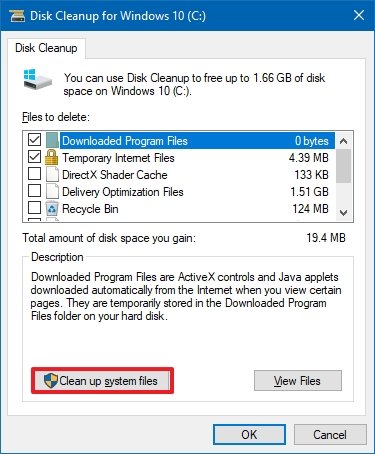
- Check the Previous Windows installation(s) option.Quick tip: You can also select other temporary files (such as Delivery Optimization Files and Windows update log files) to recover even more storage. If you have important files in the "Downloads" folder, make sure to clear the option.
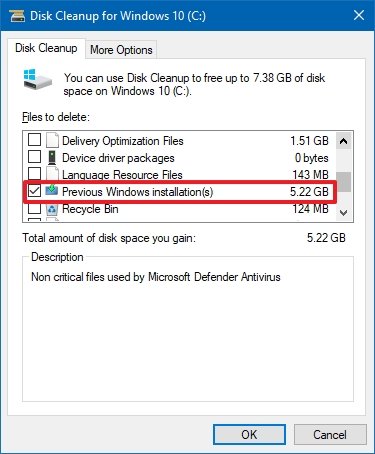
- Click the OK button.
Once you complete the steps, the "Windows.old" folder with a copy of the old setup will be deleted, freeing up storage on the computer.
Mauro Huculak has been a Windows How-To Expert contributor for WindowsCentral.com for nearly a decade and has over 15 years of experience writing comprehensive guides. He also has an IT background and has achieved different professional certifications from Microsoft, Cisco, VMware, and CompTIA. He has been recognized as a Microsoft MVP for many years.

